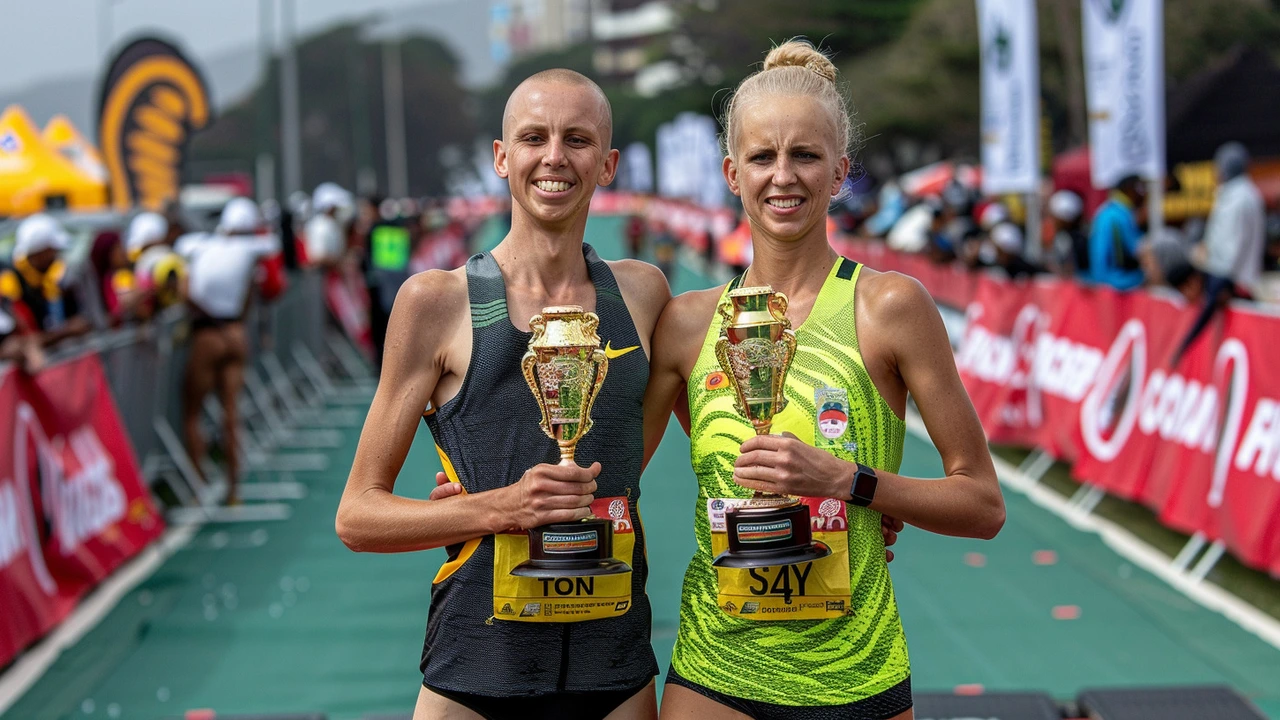Ultra Marathon Training: Real‑World Tips for Going Beyond the Marathon
If you’ve ever wondered what it takes to run past 42km, you’re in the right spot. An ultra marathon isn’t just a longer marathon – it’s a whole different game that blends stamina, smart planning and mental grit.
Build a Base That Holds Up
The first step is a solid mileage base. Most runners aim for 40–60 km per week before adding any ultra‑specific work. Keep the pace easy; you want to train your body to burn fat efficiently, not rack up fatigue.
Once that base feels comfortable, add one long run each week that gradually climbs toward race distance. A common rule is a 10% weekly increase – so if you’re at 30 km, try 33 km next week, then 36 km, and so on. Throw in a back‑to‑back long weekend (e.g., Saturday 35 km, Sunday 20 km) to mimic the multi‑day fatigue of many ultras.
Key Workouts for Ultra Success
Speed isn’t the main focus, but you still need strength and endurance. Include hill repeats to build leg power – 6–8 repeats on a moderate incline, jog back down, repeat.
Tempo runs at “comfortably hard” pace (roughly half‑marathon effort) teach your body to sustain speed when tired. Aim for 20–30 minutes at this pace once a week.
Don’t forget cross‑training. Cycling or swimming one day a week reduces impact while still boosting aerobic capacity.
Gear Up Without Overpacking
Footwear matters. Look for shoes with extra cushioning and good grip on mixed terrain. Many ultra runners use two pairs – a lighter shoe for faster sections and a more supportive pair for the rougher parts.
A hydration pack or belt is essential once you’re past 30 km. Choose a system that holds water, electrolytes and a few nutrition items but doesn’t bounce around. Test everything on your long runs; there’s nothing worse than discovering a chafing spot on race day.
Nutrition: Fuel for Hours
The rule of thumb is 200–300 calories per hour. Simple carbs (gels, chews) work early, but after an hour you’ll need a mix of carbs and some protein or fat to keep blood sugar stable. Many runners swear by a salty snack like pretzels or a small sandwich.
Practice your race‑day nutrition on long runs – timing, portion size and flavor. Your stomach will tell you what works; avoid brand new foods on the big day.
Mental Tricks to Keep Going
Ultra marathons test your mind as much as your legs. Break the race into small chunks: “I’ll get to the next aid station,” or “Just finish this hill.” Positive self‑talk helps; remind yourself that you’ve trained for this.
Visualization works well too. Picture the finish line, the crowd, the feeling of crossing it. When you hit a wall, recall a previous training run where you pushed through – proof that you can do it again.
Recovery: The Secret to Future Wins
After a long race or big training block, give your body time to repair. Light jogging, stretching and foam rolling speed up blood flow. Aim for at least 48 hours of low‑impact activity before hitting another hard session.
Sleep is non‑negotiable – aim for 8–9 hours a night. Hydrate well and eat protein within an hour to jump‑start muscle repair.
Finding the Right Ultra Marathon
Pick a race that matches your experience level. Beginner-friendly ultras often stay under 50 km and have good support stations. Look at course profiles – flat routes are easier on legs, while trail races add technical challenges.
Register early; many popular ultras sell out months in advance. Check the event’s rules about mandatory gear (e.g., headlamps for night sections) so you’re not caught off guard.
With a steady base, smart workouts, reliable gear and tested nutrition, you’ll be ready to tackle any ultra distance. Remember, it’s a marathon of patience – stay consistent, listen to your body, and enjoy the journey beyond 42 km.
- June
9
2024 - 5
97th Comrades Marathon Kicks Off in Durban: Celebrating a Century of Human Endurance
The 97th Comrades Marathon, one of South Africa's most iconic ultra-marathon events, has begun in Durban. With live updates being provided, the event epitomizes human endurance and perseverance, attracting both professional and amateur runners. This year's race adds another historic milestone to its nearly century-long legacy.
Read More